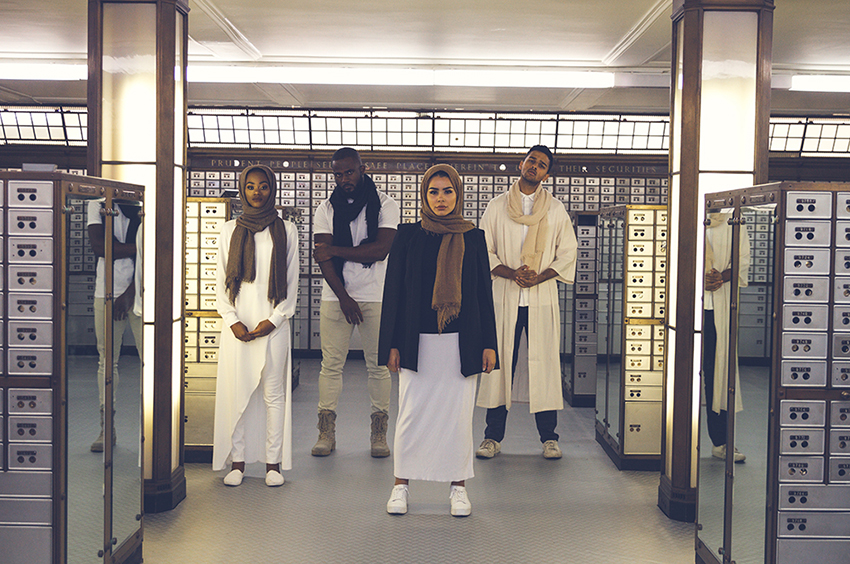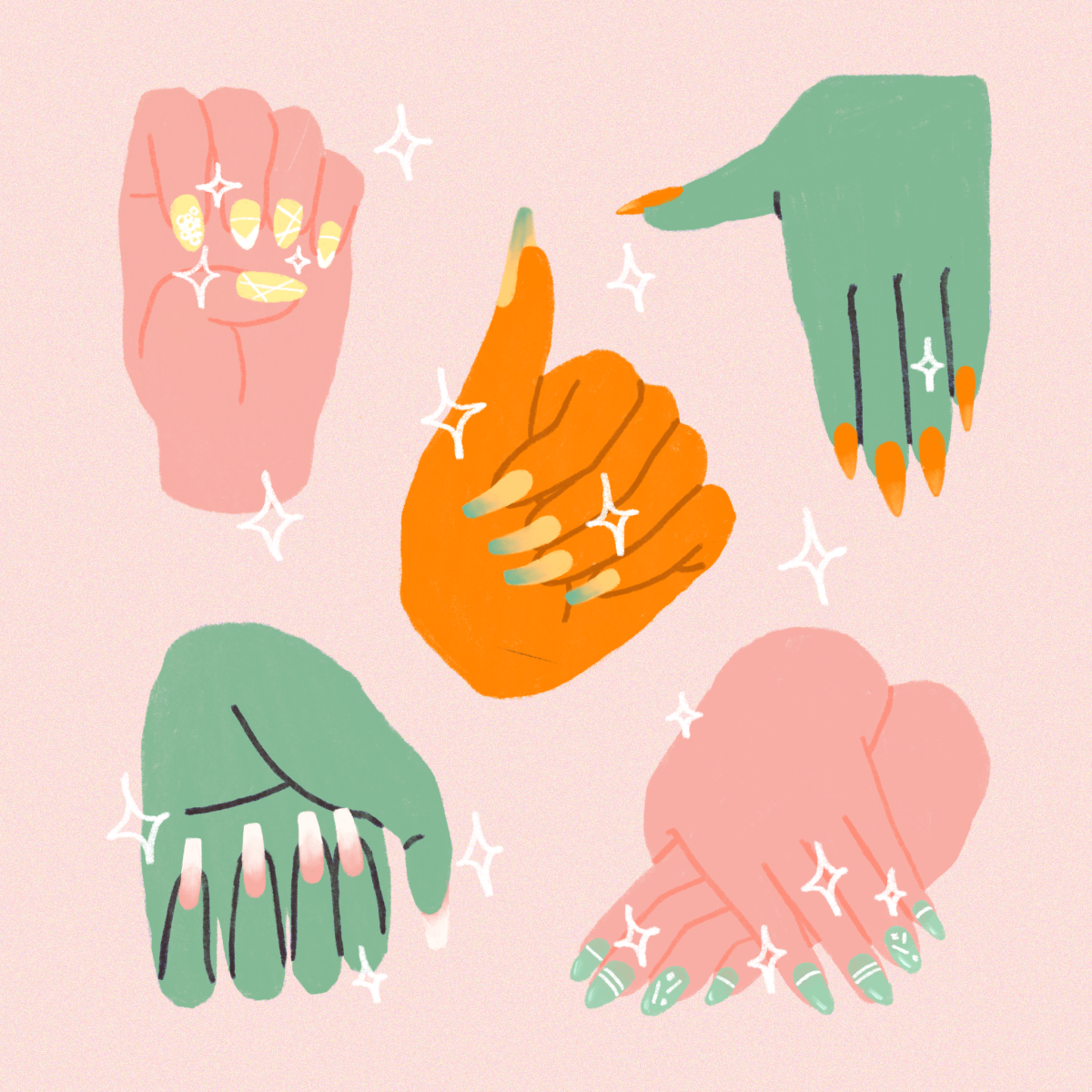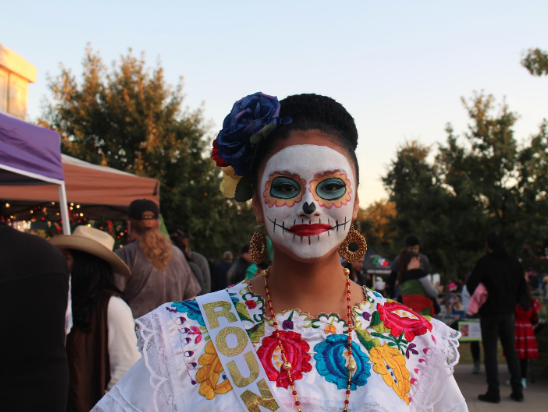Habiba Da Silva, a British blogger with over 280,000 subscribers on YouTube, released a gender-inclusive, nude-colored Hijab line in October suitable for all skin tones.
Story by Alexis Green
Neuroscience Senior Khadija Saifullah says she wears her hijab proudly every day. “Hijabs are a way of life,” Saifullah says. “It’s not just a piece of fabric I wear on my head but it’s also an entire lifestyle that comes with it.”
This lifestyle was not always catered to people of color. “I personally have friends who feel that certain shades of hijabs don’t compliment their skin tones,” Saifullah says. This sentiment is not uncommon. Skin by Habiba Da Silva demonstrates diversity in fashion by featuring a line of headscarves that are made for all kinds of consumers, regardless of gender or racial background.
“There are people who don’t wear a hijab because they think it doesn’t look good on them,” Biology Freshman Fatoumata Diallo says. Silva says she hopes to address this issue by making something that is suitable for every man or woman from any background. The designer’s line is helping destroy the misconception that certain styles are limited to groups of people.
Read more about the campaign here http://habibadasilva.com/skin Music: A.ItheNXTIVE Photography and videography: WWAGS Styling: Humaira #habibadasilvaSKIN Shop at http://habibadasilva.com/shop ♥
The collection is not only working to break down barriers of gender and racial limitations, but it is also dismantling the assumption that culture and fashion do not go hand in hand. “Many people, like myself, see hijabs as fashion, not just a way to cover up,” Diallo says. Hijabs represent a way of expression in everyday attire for many people, yet there can be a stigma that it enables a loss of personal identity and “oppression.” Through its campaign, Skin shows how all types of people can choose to rock a hijab and appreciate the meaning behind it.
The Skin campaign has received some backlash due to its pricing. Hijabs cost twenty pounds, which is about 25 dollars in the United States. However, Silva has commented that with the cost of production and investments she has made in her business, the price of the hijabs cannot be any lower. The blogger hopes to extend the line’s color range to include more nude tones suitable for other skin types.
Photo courtesy of Habiba Da Silva.
More movements are working to represent all cultures in the fashion world. The Skin campaign is just one example of how designers present the beauty of diversity. Nura Afia is the first ever hijab-wearing Covergirl and designer Anniesa Hasibuan featured all headscarf-wearing models during Jakarta Fashion Week 2016. It is evident that there has been a recognition and celebration of the Muslim culture within the fashion industry. With this growing representation in the industry, all people– regardless race or gender– can come together to create something unique.








































